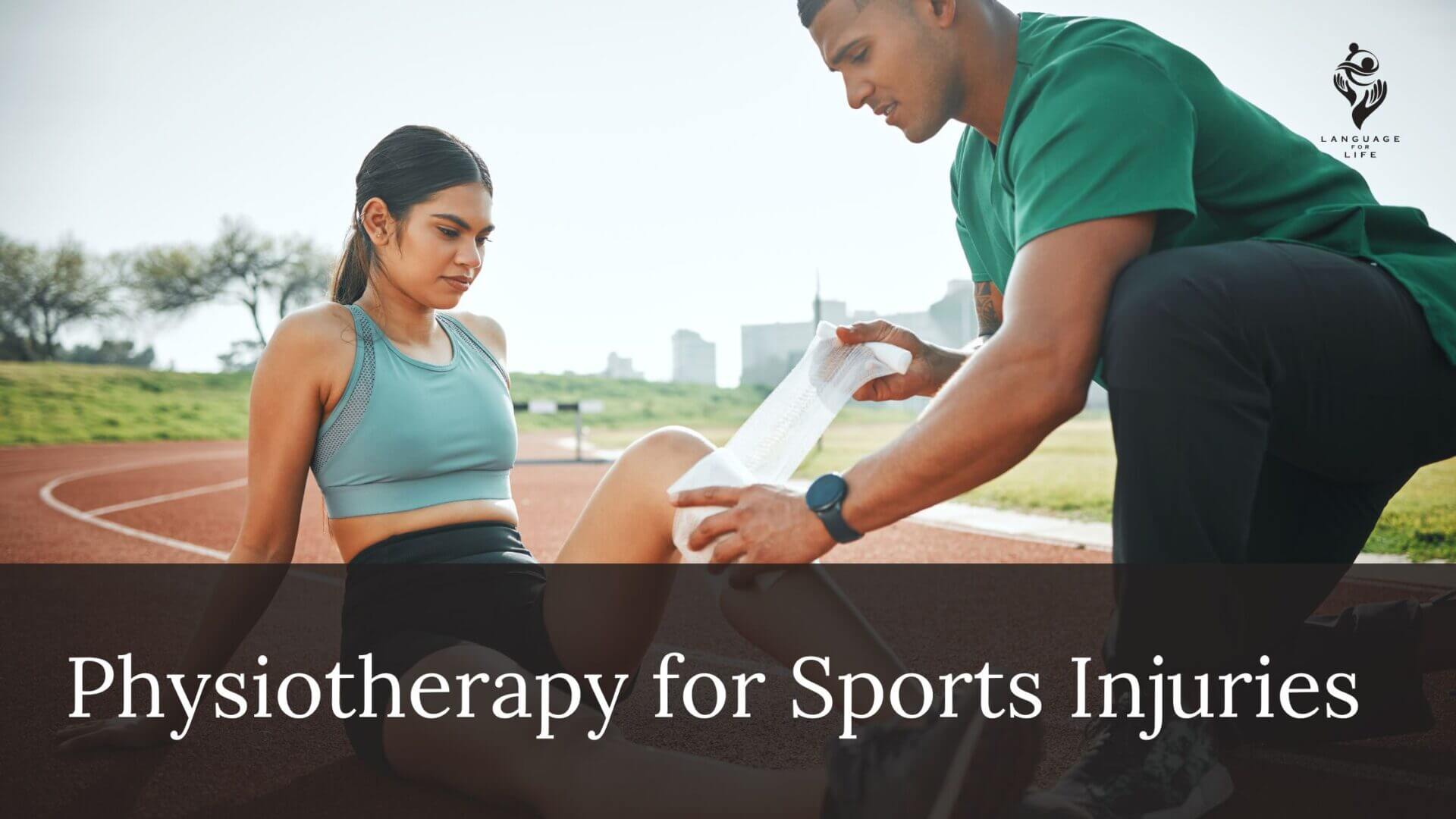In the world of sports, injuries are an unfortunate reality. Whether you’re a professional athlete or someone who enjoys weekend games, knowing how to manage these injuries effectively is crucial for a speedy recovery and for preventing future problems. Physiotherapy plays a vital role in treating sports injuries and enhancing overall performance. In this blog, we’ll dive into how physiotherapy helps with sports injuries, explore various techniques, and discuss why it should be a key part of every athlete’s routine.
Immediate Injury Assessment
The first step in managing any sports injury is a thorough assessment. Physiotherapists are skilled at quickly evaluating the extent of an injury and determining the best course of action. For instance, if a soccer player twists their ankle during a game, the physiotherapist will assess the severity of the sprain by checking for swelling, bruising, and range of motion. Immediate injury assessment is crucial because it helps in preventing further damage and lays the foundation for an effective recovery plan.
Physiotherapists often use a combination of observation, palpation (feeling the injured area), and functional tests to understand the injury’s impact on the athlete’s performance. Based on this assessment, they can provide immediate care, such as applying ice to reduce swelling or recommending rest to prevent further strain.
Manual Therapy Techniques
Manual therapy involves hands-on techniques to help reduce pain, improve mobility, and promote healing. This includes methods like joint mobilization, soft tissue massage, and manual stretching. For instance, after a runner suffers from a hamstring strain, a physiotherapist might use deep tissue massage to release muscle tension and promote blood flow to the injured area.
Manual therapy not only aids in pain relief but also enhances the overall healing process. By manipulating muscles and joints, physiotherapists can break down scar tissue, increase flexibility, and improve muscle function, which are all essential for a full recovery.
Strengthening Exercises
Once the initial pain and swelling have subsided, strengthening exercises become a critical component of the rehabilitation process. These exercises are tailored to the specific needs of the injury and the athlete’s sport. For instance, a basketball player recovering from a knee injury might be prescribed exercises like leg presses and step-ups to strengthen the quadriceps and hamstrings. Strengthening these muscles provides better support for the knee joint, reducing the risk of re-injury.
Strengthening exercises not only help in the recovery phase but also play a significant role in injury prevention. By building muscle strength and endurance, athletes can enhance their performance and minimize the chances of sustaining similar injuries in the future.
Flexibility and Mobility Training
Restoring flexibility and mobility is essential for a complete recovery from sports injuries. Flexibility exercises, such as dynamic stretching and yoga, help maintain the range of motion in the injured area, preventing stiffness and future injuries. Mobility training focuses on enhancing joint movement and muscle elasticity, which is crucial for athletes who need to return to their sports quickly.
For instance, a swimmer recovering from a shoulder injury might engage in shoulder circles and resistance band exercises to regain strength and flexibility in the shoulder muscles. This type of training ensures that the athlete can perform their sport-specific movements with ease and without discomfort.
Electrotherapy Modalities
Electrotherapy is a popular physiotherapy technique used to promote healing and manage pain. Modalities such as ultrasound, TENS (Transcutaneous Electrical Nerve Stimulation), and electrical muscle stimulation (EMS) are commonly used in sports injury rehabilitation. These modalities work by stimulating nerve endings, improving blood flow, and reducing inflammation.
For instance, a tennis player with a strained elbow might receive ultrasound therapy to decrease inflammation and speed up the healing process. The gentle waves from the ultrasound machine penetrate deep into the tissue, promoting cell repair and reducing pain.
Incorporating Physiotherapy into Your Routine
Beyond these specific techniques, physiotherapy offers a holistic approach to recovery and injury prevention. For instance, incorporating exercises to strengthen core muscles can help prevent lower back injuries in golfers. Similarly, learning proper lifting techniques can help prevent shoulder injuries in weightlifters.
Physiotherapists also educate athletes on proper warm-up routines, stretching exercises, and sport-specific training to reduce the risk of injury. For instance, dynamic stretches like leg swings or arm circles can prepare muscles and joints for the physical demands of a game, reducing the likelihood of strains and sprains.
Conclusion
Physiotherapy is a vital component of any athlete’s routine, not just for recovering from injuries but also for preventing them. By focusing on immediate injury assessment, manual therapy techniques, strengthening exercises, flexibility and mobility training, and electrotherapy modalities, physiotherapy provides a comprehensive approach to sports injury management and prevention. Whether you’re recovering from an injury or looking to improve your performance, working with a physiotherapist can help you stay in peak condition and enjoy your sport safely and effectively.
References:

